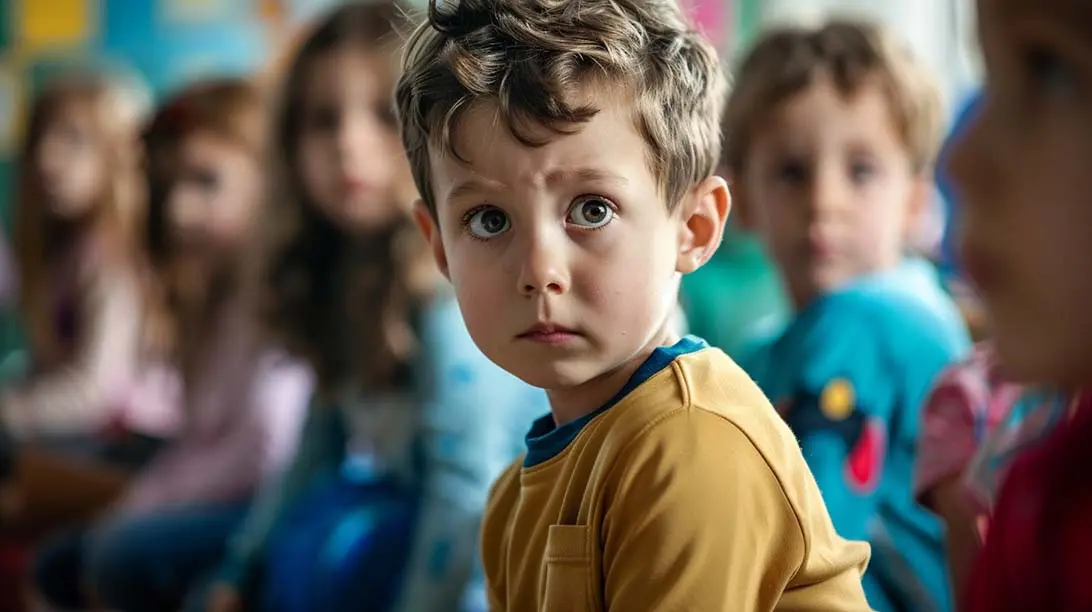Struggling to speak in social situations or a fear of being looked at? This common symptom of social anxiety can affect daily life. In this article, learn why this fear happens, its signs, and how to cope.
Key Takeaways
- Social anxiety disorder in children, characterized by extreme fear of social situations and fear of being judged, can significantly hinder social interaction and development.
- Common triggers for social anxiety in children include public speaking, being in large groups, meeting new people, and being the center of attention, leading to avoidance behaviors and distress.
- Treatment options for social anxiety in children involve cognitive behavioral therapy (CBT), pharmacotherapy with SSRIs, and practical coping strategies, with parents playing a crucial role in providing support and encouragement.
What is Social Anxiety and the Fear of Being Looked At?
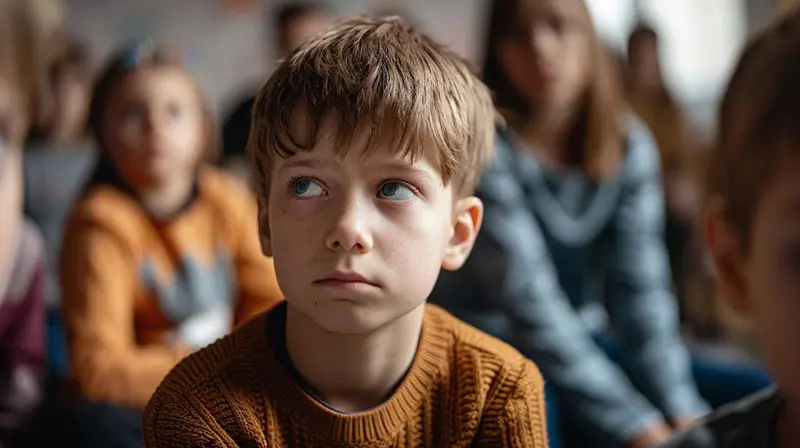
Social anxiety disorder in children, also called social phobia, is characterized by an extreme fear of social or performance situations, which often involves a persistent fear of being judged negatively or embarrassed. This anxiety disorder can be particularly debilitating, causing children to avoid social interactions and activities that are essential for their development.
A significant aspect of social anxiety is the fear of being looked at or gaining the attention of others. This fear can manifest in various ways, such as avoiding eye contact, feeling intensely self-conscious, or experiencing distress in social settings. Children with social anxiety often experience social anxiety worry, excessively concerned about how they are perceived, leading to a cycle of avoidance and increased anxiety symptoms.
Recognizing these fears marks the initial step towards identifying social anxiety in children. Accepting these fears as more than just a phase of extreme shyness - as the serious condition known as social phobia - allows parents and caregivers to effectively address and treat this disorder.
Common Triggers for Social Anxiety in Children
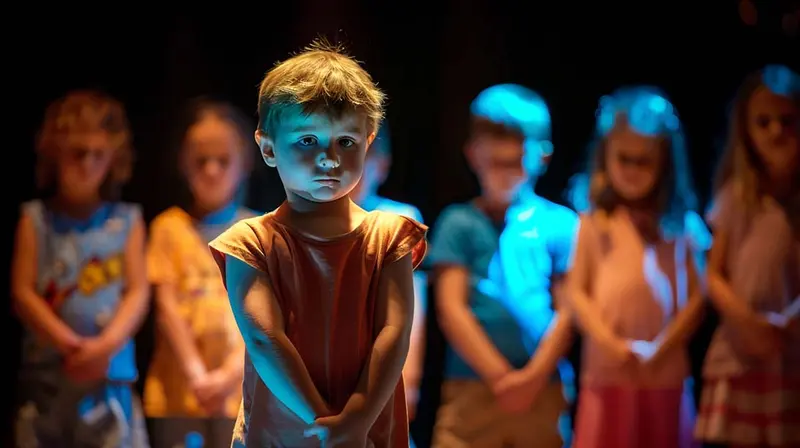
Children with social anxiety disorder often encounter numerous triggers that can exacerbate their condition. Some common triggers include:
- Public speaking, such as giving a speech in class or reading aloud
- Being in large groups or social gatherings
- Meeting new people or making small talk
- Being the center of attention
- Participating in group activities or games
These situations can be incredibly daunting for children who fear being judged or making mistakes.
Social events, such as birthday parties or school dances, can also be major triggers. These events require children to interact with peers and unfamiliar people, which can provoke intense anxiety. The anticipation of these social activities can lead to avoidance behaviors, where children might refuse to attend or participate in social settings.
Everyday social situations, such as talking in a group or meeting new people, can be equally challenging. Children with social anxiety often show signs of anxiety through crying, temper tantrums, or refusing to speak when faced with these feared situations.
Identifying these triggers plays a pivotal role in understanding and managing social anxiety in children.
Symptoms and Signs
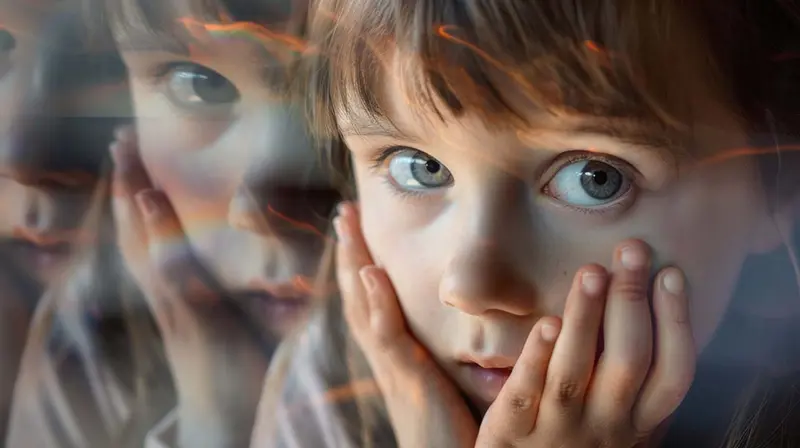
Recognizing the symptoms of social anxiety in children involves observing their behavior, thoughts, and physical reactions. Common indicators include:
- Avoidance
- Irritability
- Angry outbursts
- Crying
- Clinginess
These children may also avoid social interactions altogether, leading to social withdrawal and isolation.
Cognitive symptoms include self-consciousness, distress, and a persistent fear of embarrassment in social situations. Children with social anxiety often experience intense feelings of anxiety when they have to speak or interact with others. This self-consciousness can be overwhelming, making it difficult for them to participate in normal activities.
Physical symptoms of anxiety can include:
- Sweating
- Shaking
- Stomach pains
- Racing heartbeat
- Nausea
- Blushing
- Trembling
These physical sensations often accompany the cognitive and behavioral symptoms, creating a comprehensive anxiety response. Children may also exhibit signs such as nausea, blushing, and trembling when faced with social stressors.
Being aware of these symptoms is vital for early identification and intervention.
The Impact on Daily Life
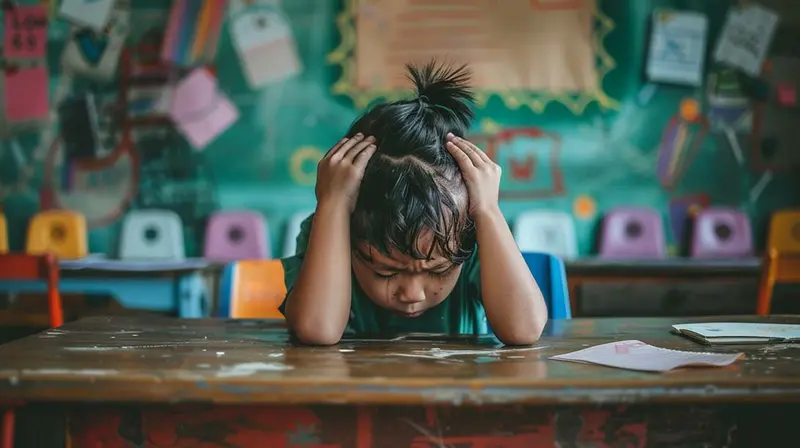
Social anxiety can significantly disrupt a child’s life, affecting their academic performance and social relationships. In school, children with social anxiety may struggle with:
- Concentration
- Fear
- Poor performance
- Avoidance of activities that require participation
This can result in missed opportunities for learning and development.
The impact of social anxiety extends beyond academics. Children with social anxiety often experience:
- Feeling extremely self-conscious
- Fear of looking foolish or making mistakes in front of their peers
- Difficulty forming meaningful relationships
- Social isolation and emotional distress
The combination of academic and social challenges during early adolescence can create a vicious cycle, further entrenching the child’s anxiety.
Risk Factors and Causes
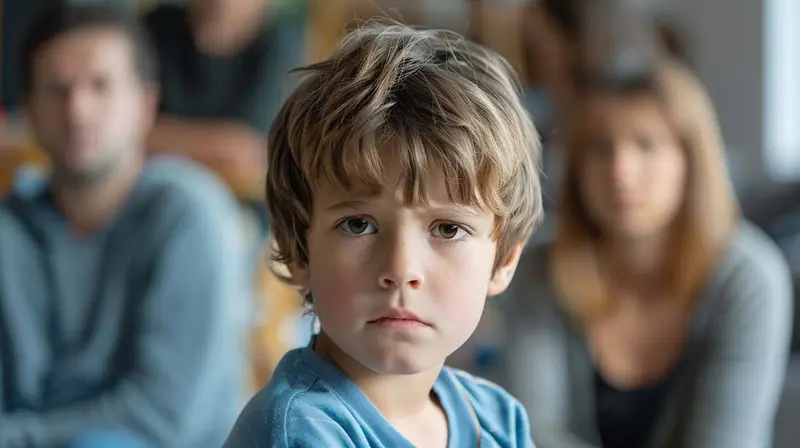
Several risk factors and causes contribute to the development of social anxiety in children. A family history of social anxiety disorder or other anxiety disorders significantly increases the risk. Genetic predispositions, such as an overactive amygdala, which controls the fear response, can also play a role.
Negative experiences, including:
- teasing
- bullying
- rejection
- humiliation
are potent environmental factors that can trigger social anxiety. Additionally, overprotective or controlling parenting styles are linked to higher rates of anxiety in children. These environmental factors, combined with a naturally shy or timid temperament, can create a perfect storm for developing social anxiety.
Social anxiety disorder, one of the many psychiatric disorders, is influenced by a combination of biological and environmental factors, making the causes of the disorder complex and multifaceted. Familiarity with these risk factors is beneficial in identifying children who are more susceptible, enabling proactive steps to counter these influences and potentially preventing them from going on to develop social anxiety disorder.
Assessment and Diagnosis

Diagnosing social anxiety in children involves a thorough assessment by mental health professionals. According to the DSM-5, social anxiety disorder is characterized by:
- Marked fear or anxiety about social situations where the individual may be scrutinized by others
- For children, this fear must occur in peer settings
- The fear must persist for at least six months.
Several diagnostic tools, based on the criteria from the Diagnostic and Statistical Manual, are used to evaluate social anxiety in children. Some of these tools include:
- The Anxiety Disorders Interview Schedule for DSM-IV: Child and Parent versions (ADIS-CP), which is a common tool for assessing anxiety and related disorders in children as young as five years old
- The SPAI-C
- The SASC-R/SAS-A
- The MASC-10 item
- The SCARED-R
- The SWQ
- The RCMAS
These tools provide a comprehensive picture of the child’s anxiety levels.
Prompt diagnosis plays a significant role in securing effective intervention and treatment.
Treatment Options
Treating social anxiety in children involves a combination of approaches tailored to the individual’s needs. Cognitive behavioral therapy (CBT) and pharmacotherapy are the primary treatment options. CBT is often the first line of treatment, focusing on changing the child’s thoughts and behaviors related to anxiety.
Pharmacotherapy, such as selective serotonin reuptake inhibitors (SSRIs), may also be prescribed to manage more severe symptoms. Additionally, practical coping skills and strategies can help children gradually face their fears and develop healthier responses to anxiety-provoking situations.
Cognitive Behavioral Therapy (CBT)
Cognitive behavioral therapy (CBT) aims to change the beliefs and behaviors that cause anxiety by teaching children various coping skills. The therapy involves two main components: cognitive restructuring, which changes how a child views a situation, and behavioral techniques, which alter the child’s reactions. Techniques such as exposure therapy and skills training are commonly used to help children manage their anxiety.
CBT is typically conducted once a week for about 12 to 20 weeks, but the duration can be extended for children with more persistent symptoms. Studies have shown that CBT can significantly reduce symptoms of social anxiety in children and maintain these improvements over time.
Pharmacotherapy
Pharmacotherapy involves the use of medications like selective serotonin reuptake inhibitors (SSRIs) to treat social anxiety disorder in children. These medications can help manage severe anxiety symptoms, making it easier for children to engage in therapy and cope with social situations.
Coping Skills and Strategies
The development of coping skills and strategies is fundamental in managing social anxiety in children. Behavior techniques, such as the step ladder approach, involve gradually facing fears by tackling less intimidating tasks before moving on to more challenging ones. This method helps children build confidence and reduce anxiety over time.
Incorporating these coping strategies into daily routines can make a significant difference. Encouraging children to practice social skills in safe environments and providing positive reinforcement for their efforts can foster resilience and improve their ability to handle social situations.
Helping Your Child

Parents play a significant role in supporting their socially anxious children. Being aware of their triggers and fostering a supportive environment is vital. Parents should gently encourage their children to engage in social activities while being mindful of their comfort levels. Role-playing difficult social interactions at home can help children practice and build confidence.
Some strategies to help children with social engagement include:
- Praising children for their efforts, no matter how small, to boost their self-esteem and motivate them
- Preparing children for what to expect in social events to reduce their anxiety
- Finding a buddy for your child to make social situations less intimidating and help them feel more secure.
Professional Help and Resources
The pursuit of professional help is key to the effective management of social anxiety in children. The American Academy of Child and Adolescent Psychiatry (AACAP) provides valuable resources and guidelines for parents to make informed decisions about treatment options. Their “Facts for Families” series offers concise information on various mental health issues, including anxiety disorders.
Support group websites, such as those provided by the National Institutes of Mental Health (NIMH) and the Anxiety Disorders Association of America, offer additional guidance and community support for those dealing with mental disorders, including anxiety disorders and major depressive disorder. Consulting a mental health professional can also be beneficial in addressing these issues.
Apps like:
- Calm
- Worry Time
- Breathe
- Triangle of Life
can also be helpful tools for managing anxiety.
Summary
Understanding and addressing social anxiety in children is critical for their development and well-being. By recognizing the signs, identifying triggers, and providing appropriate support and treatment, we can help children overcome their fears and lead fulfilling lives.
Parents, educators, and mental health professionals must work together to create an environment where children feel safe and supported. With the right tools and resources, children can develop the confidence and resilience needed to navigate social situations successfully.
Frequently Asked Questions
What are the common triggers for social anxiety in children?
Common triggers for social anxiety in children include public speaking, social events, meeting new people, and everyday social situations like talking in a group or interacting with peers.
What are the symptoms of social anxiety in children?
The symptoms of social anxiety in children can manifest as avoidance, irritability, self-consciousness, distress, sweating, shaking, and a racing heartbeat. It's important to pay attention to these signs and seek appropriate support for the child.
How can parents help their socially anxious child?
Parents can support their socially anxious child by understanding their triggers, providing a supportive environment, encouraging gradual exposure to social situations, and praising their efforts. This can help the child feel more comfortable and confident in social settings.
What treatment options are available for social anxiety in children?
The available treatment options for social anxiety in children include cognitive behavioral therapy (CBT), pharmacotherapy (such as SSRIs), and practical coping skills and strategies. These approaches are commonly used to address social anxiety in children.
Where can I find professional help and resources for managing social anxiety in children?
You can find professional help and resources for managing social anxiety in children from the American Academy of Child and Adolescent Psychiatry (AACAP), the National Institutes of Mental Health (NIMH), the Anxiety Disorders Association of America, as well as through helpful apps like Calm, Worry Time, Breathe, and Triangle of Life.
References and Further Reading
- American Academy of Child and Adolescent Psychiatry (AACAP) - Offers comprehensive resources on child and adolescent mental health, including social anxiety disorder.
- National Institute of Mental Health (NIMH) - Provides information on various mental health conditions, including anxiety disorders in children.
- Anxiety and Depression Association of America (ADAA) - Features resources and support for individuals dealing with anxiety disorders, including social anxiety in children.
- Mayo Clinic - Social Anxiety Disorder - Offers a detailed overview of social anxiety disorder, its symptoms, and treatment options.
- Child Mind Institute - Provides insights and resources on child mental health, including articles on social anxiety and other anxiety disorders.
- WebMD - Social Anxiety Disorder in Children - Offers information on symptoms, causes, and treatments for social anxiety in children.
- HelpGuide - Social Anxiety Disorder - Provides practical tips and strategies for managing social anxiety.
- Verywell Mind - Social Anxiety Disorder - Features articles on the causes, symptoms, and treatments of social anxiety disorder.
- National Social Anxiety Center (NSAC) - Offers resources and support for individuals dealing with social anxiety, including children.
- Anxiety Canada - Provides tools and resources for managing anxiety disorders, including social anxiety in children.
